Here’s my round trip that I made on Tuesday, with a few stops.
I thought to stop in downtown Pretoria and walk around a little bit around Church Square, but decided against it.
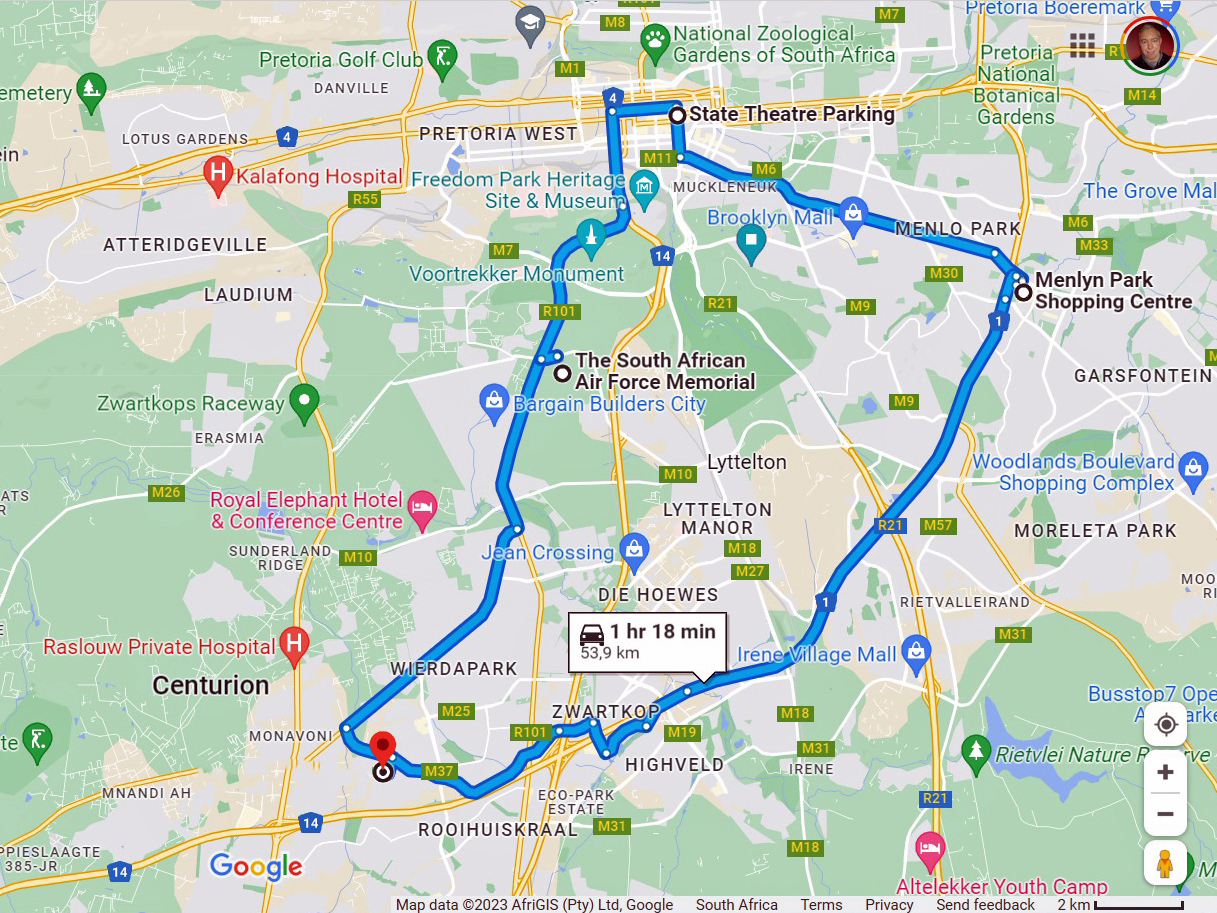
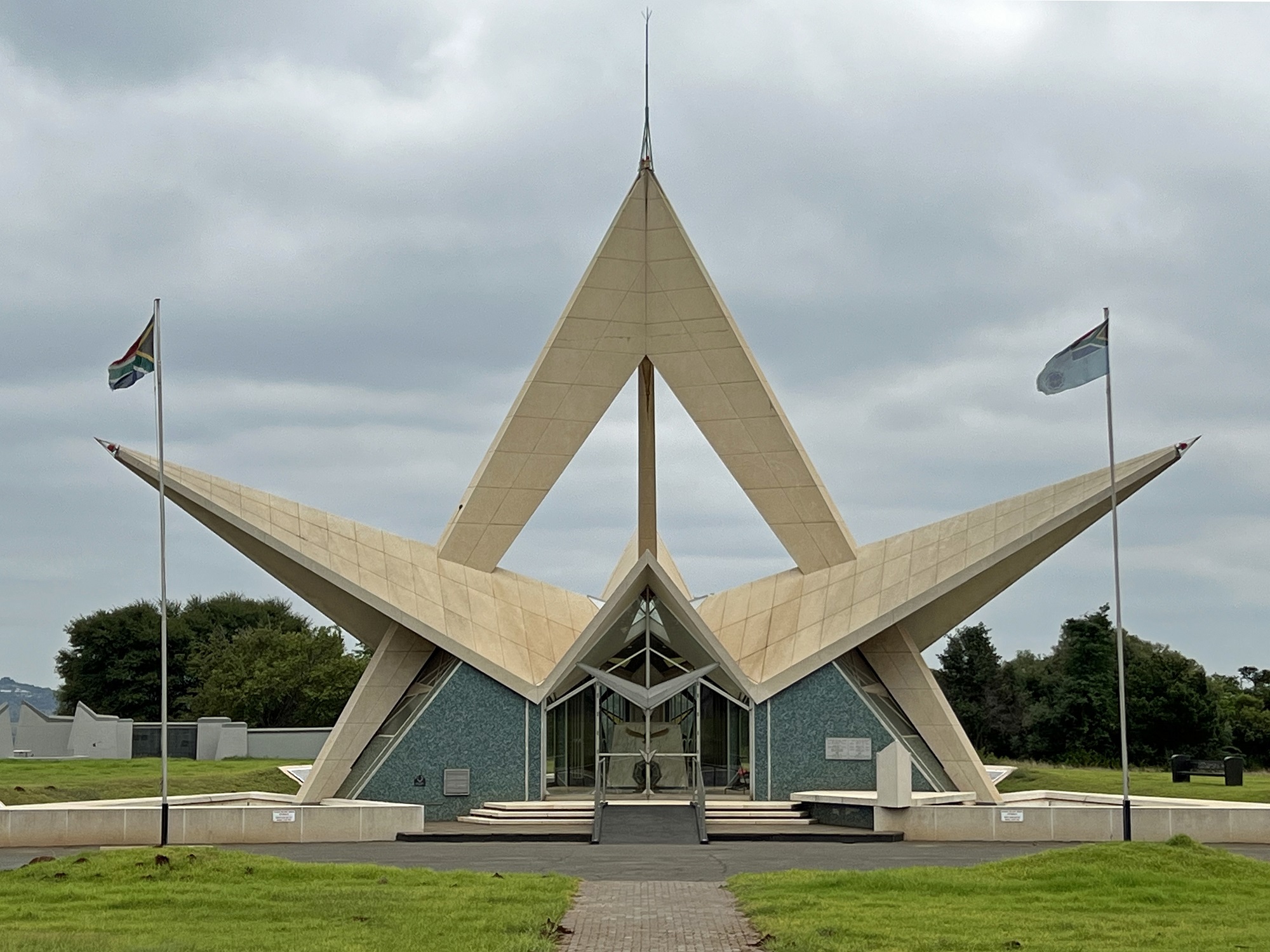
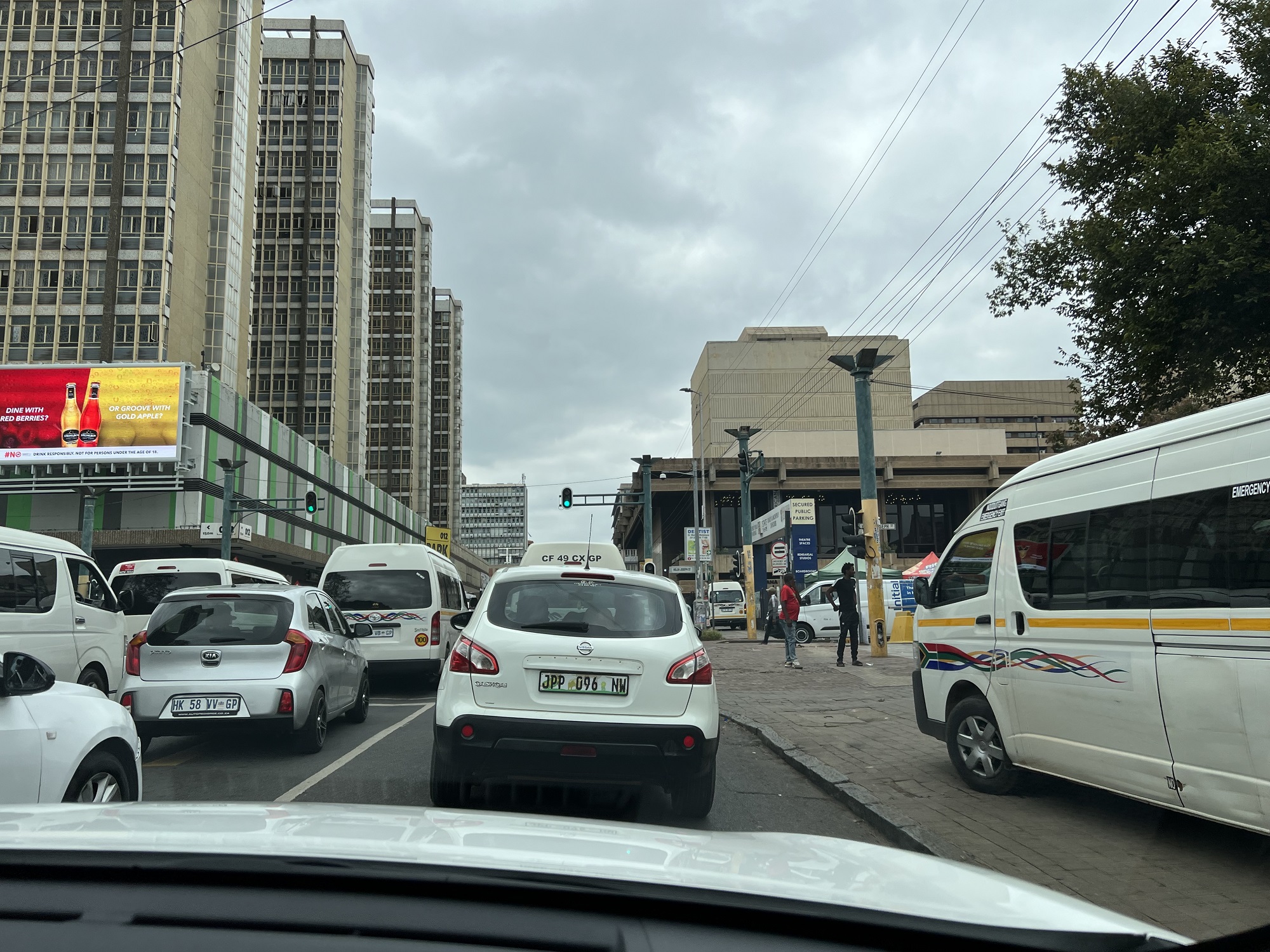
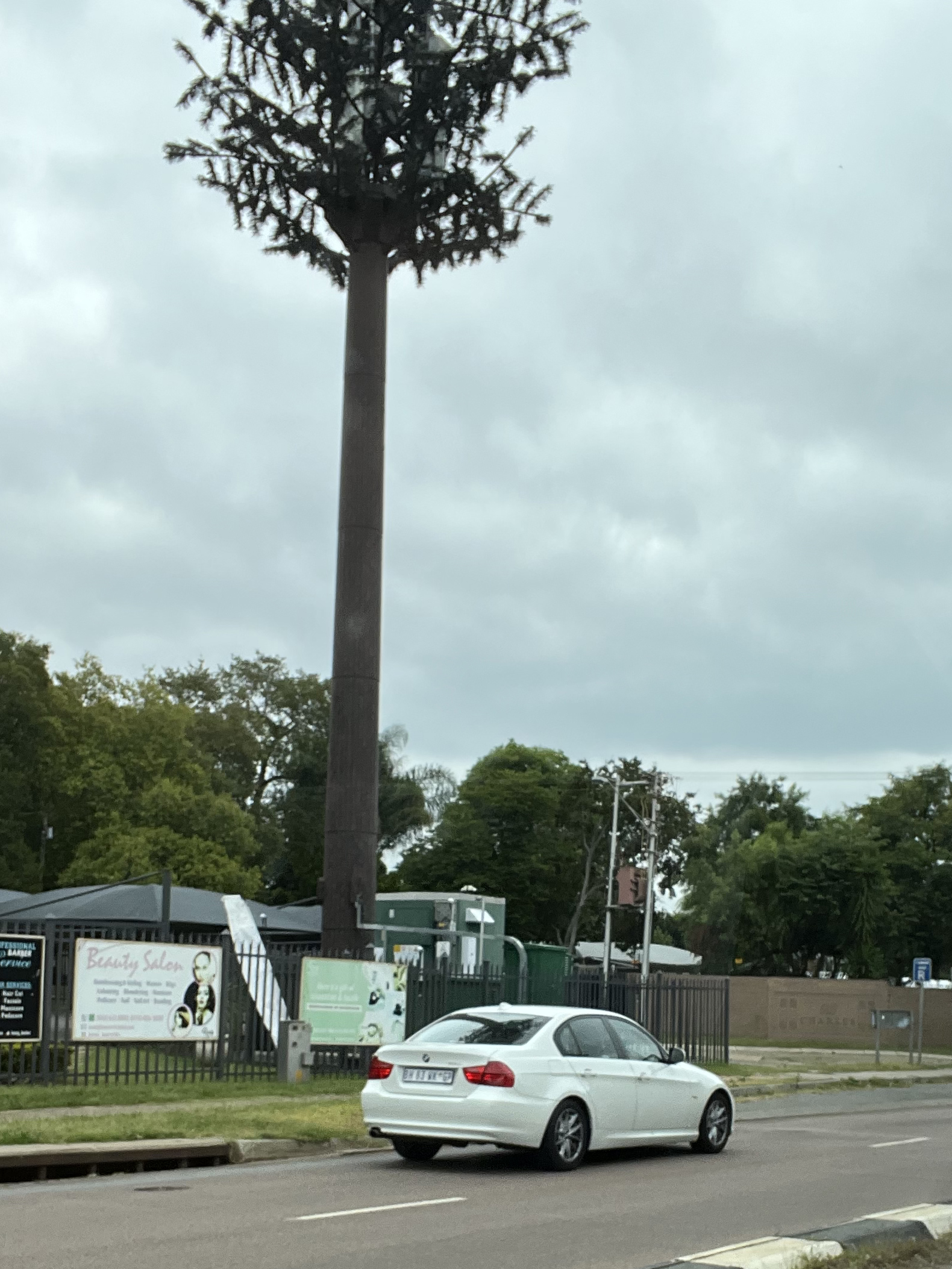
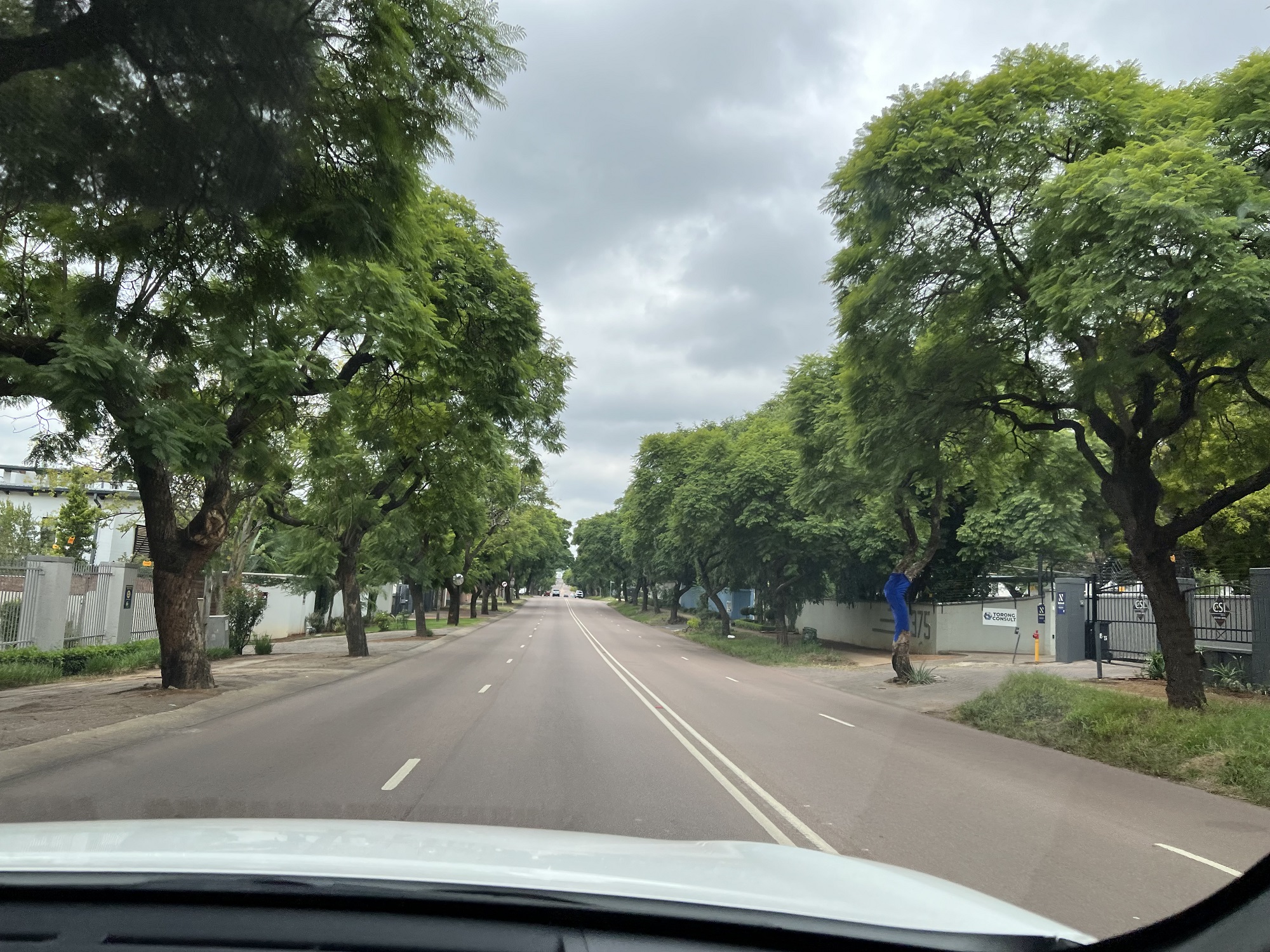
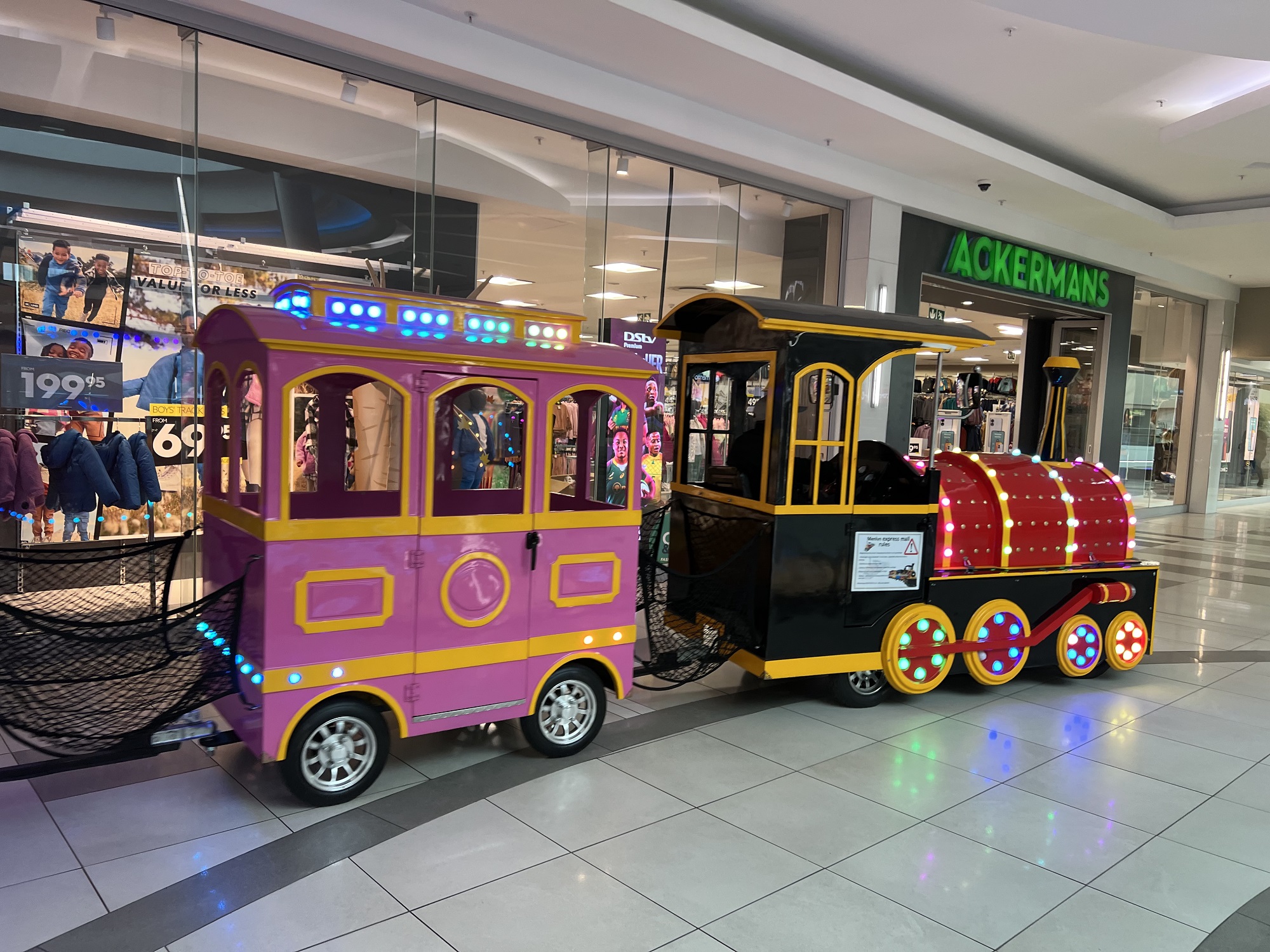
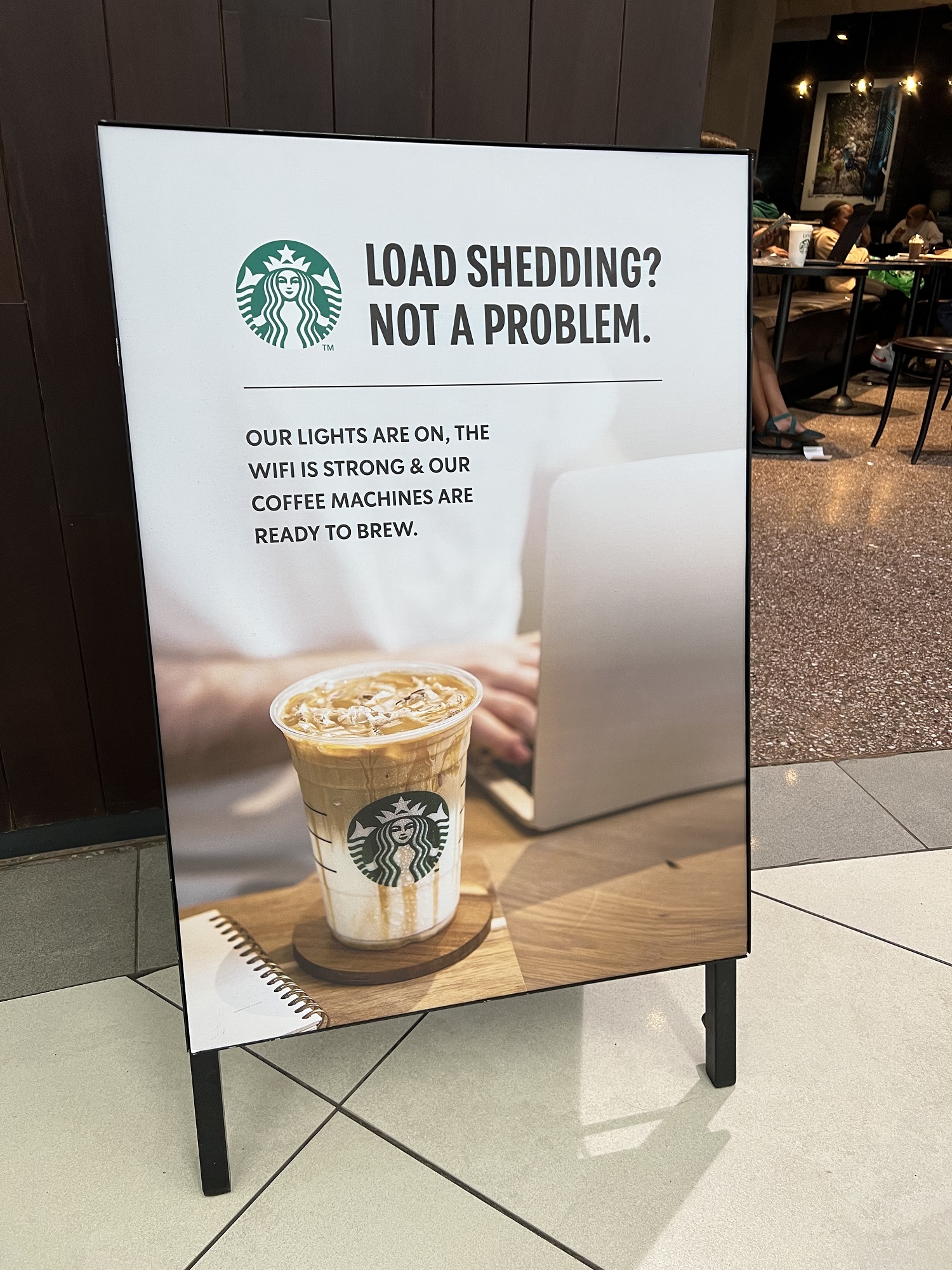

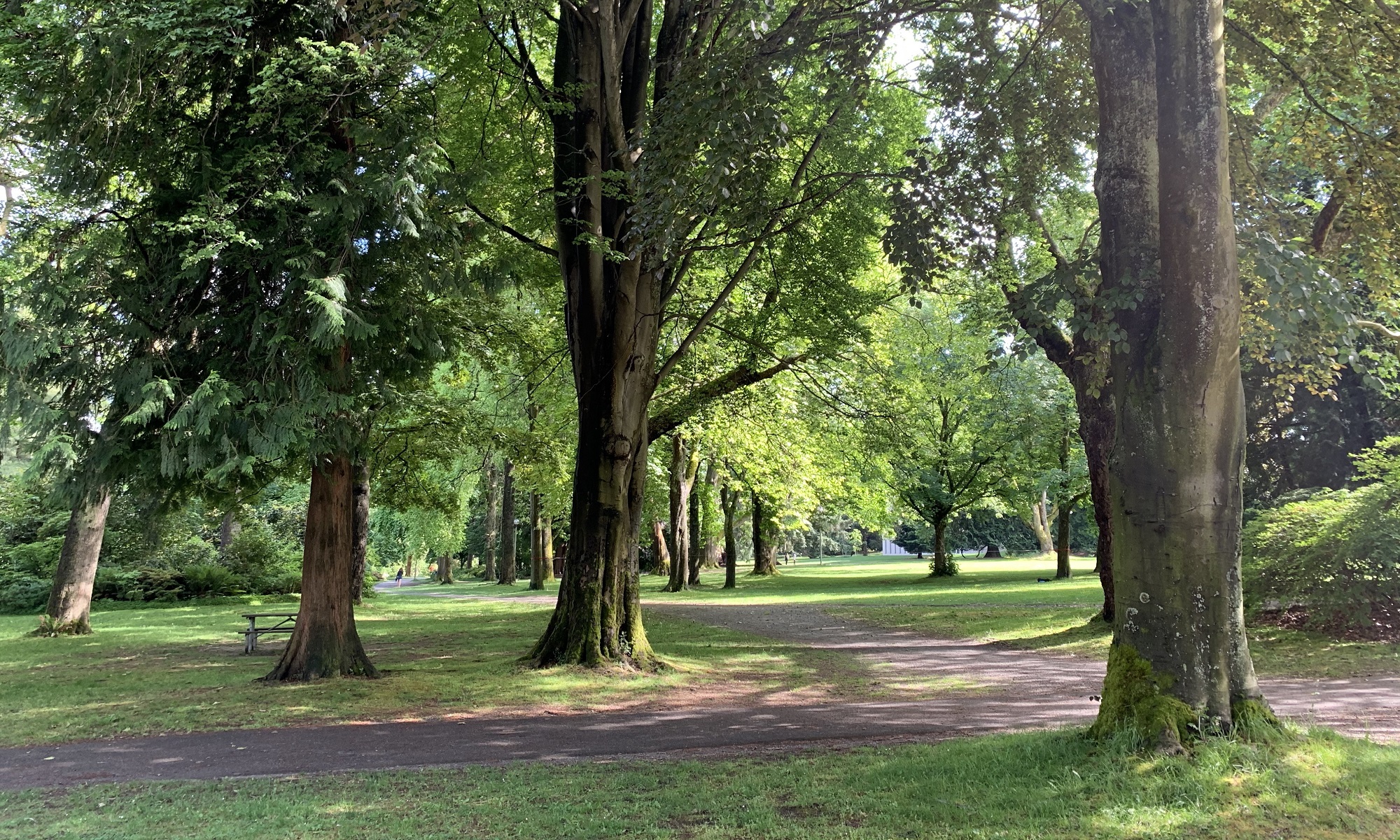
a weblog of whereabouts & interests, since 2010
Here’s my round trip that I made on Tuesday, with a few stops.
I thought to stop in downtown Pretoria and walk around a little bit around Church Square, but decided against it.








The Voortrekker Monument is located just south of Pretoria in South Africa. The granite structure is located on a hilltop, and was raised to commemorate the Voortrekkers (pioneers) who left the Cape Colony between 1835 and 1854. It was designed by the architect Gerard Moerdijk.
Construction started on 13 July 1937 and the monument was inaugurated on 16 December 1949 by Prime Minister D. F. Malan.
[Information from Wikipedia entry for Voortrekker Monument].
I walked around the monument today, before going inside. I climbed the 299 granite steps from the carpark to the top (at the inside), in the process. From the ceiling balcony one looks down at a cenotaph* that says ‘Ons Vir Jou Suid-Afrika’ (‘We For You South Africa’).
*A cenotaph is an empty tomb or a monument erected in honor of a person or group of people whose remains are elsewhere.
The blank stamp album pages that I had ordered from Denmark, landed on the porch on Saturday, and I tried them out today.
The first two pictures below are my existing, preprinted pages and pockets, from German company Leuchtturm. They run from 1961 through 1981. The pages from 1982 onwards are now out of print. I scoured Ebay and the internet, but could not find a used set.
So I am trying out Leuchtturm’s blank pocketed pages, to stand in for the years starting in 1982. I printed ‘South Africa — Suid-Afrika’ and the year on paper strips that go into the top of the page. It looks OK. Maybe I need cream-colored paper to print on— or is that being too persnickety?
My shipment of stamps from a seller in South Africa that I had bought in July, arrived today— in a sturdy envelope covered with South African stamps.
(Very ‘meta’ to use stamps to send stamps .. and so much nicer than using a bland computer-generated postage paid label).
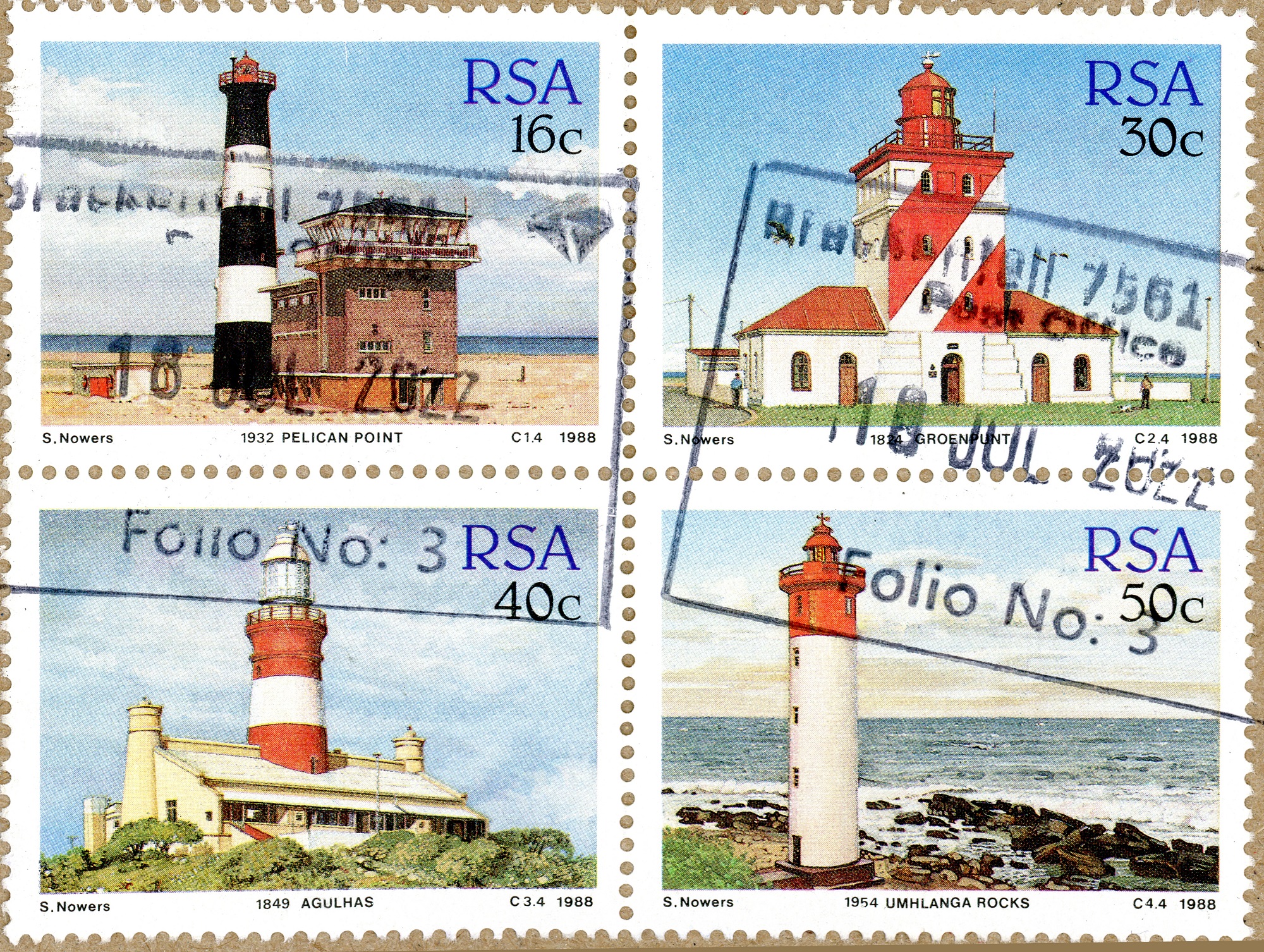
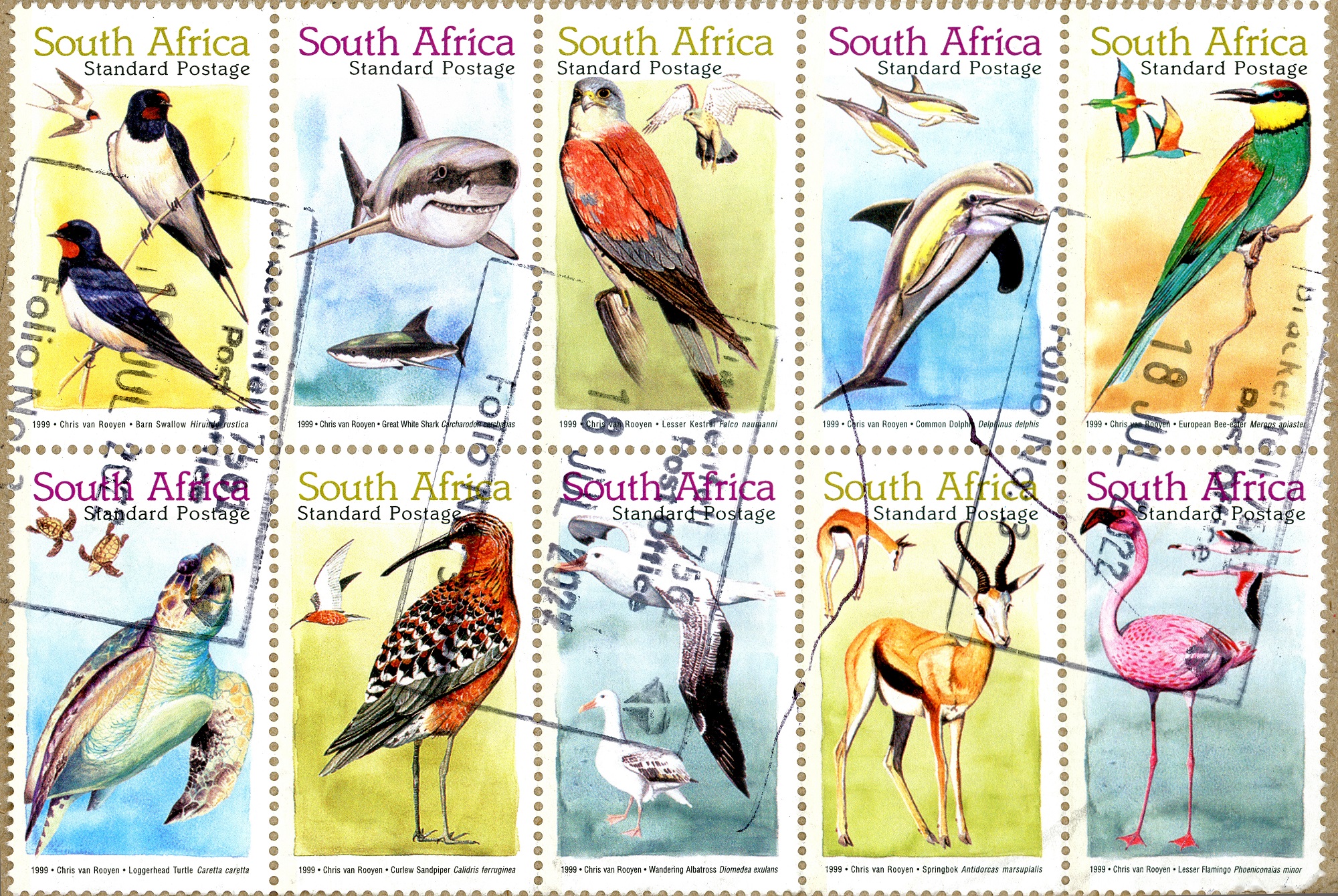
Here’s the first definitive series of stamps issued for the Republic of South Africa.
This is the original set that was issued in 1961.
Slightly updated versions of the stamps with redrawn images and fonts for the lettering were subsequently issued and printed until 1973, when the set was retired.
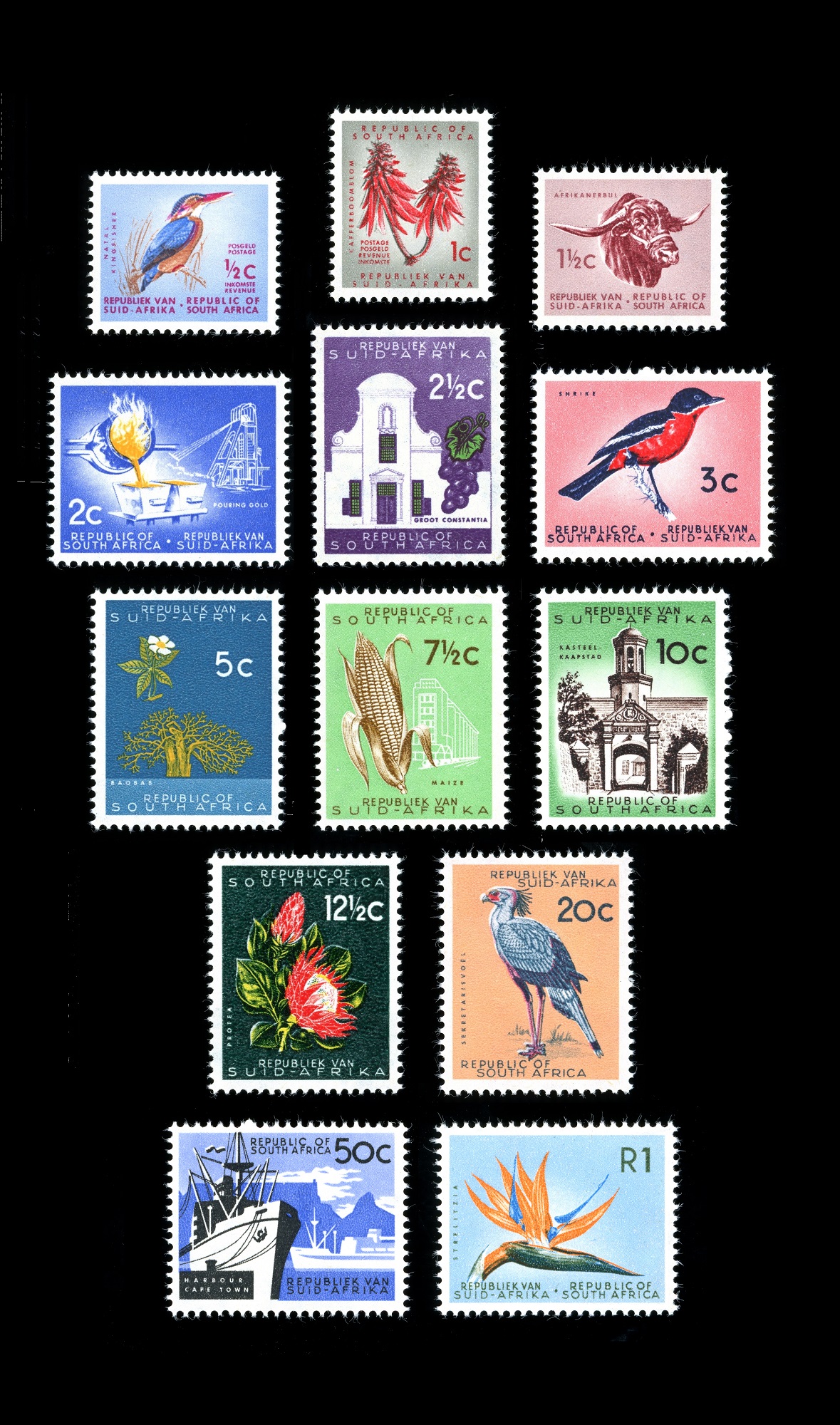
I bought this beautiful set of 1954 Union of South Africa stamps on Ebay because I have very fond memories of them.
My mom had a stack of letters with the rhinoceros on— correspondence between her and my dad from before they got married.
I had the half-penny, one-penny and two-penny in my collection at the time. The higher denomination stamps were spectacularly out of reach for a young collector: very expensive to buy. The 10-shilling stamp depicts postage 240 times that of the half-penny stamp with the warthog. (Twelve pennies to the shilling).
In 1961, South Africa became a Republic, switched to a decimal currency (the South African Rand), and a new set of stamps was issued. I have that set as well, and will post it soon.
The stamps below depict a warthog, a black wildebeest, a leopard, a zebra, a white rhinoceros, an African elephant, a hippopotamus, a lion, a kudu, a springbok, a gemsbok, a njala, a giraffe and a roan antelope.
It was the first set of stamps depicting South Africa’s wild life heritage, and many, many more stamps depicting wild life would follow.
I found this arum lily (genus: Zantedeschia) on 16th Ave, at twilight (time stamp on the photo is 9.16 pm).
These lilies are native to southern Africa and South Africa. We call them varkore in Afrikaans (Eng. pig’s ears). The flower comes in pink hues as well, but all the ones I had ever seen in South Africa were white, like this one.
rusk noun \ ˈrəsk \
a sweet or plain bread baked, sliced, and baked again until dry and crisp
biscotto noun bis·cot·to \ bi-ˈskät-ō \ plural biscotti \ bi-ˈskät-ē \
a crisp cookie or biscuit of Italian origin that is flavored usually with anise and filberts or almonds —usually used in plural
[Definitions from merriam-webster.com]
I sometimes buy biscotti at Whole Foods, but they don’t always have it.
The best bet for me, when I want a special treat to dunk into my morning coffee, is to go to British Pantry in Redmond. They usually have some of Ouma’s rusks, an import from South Africa.
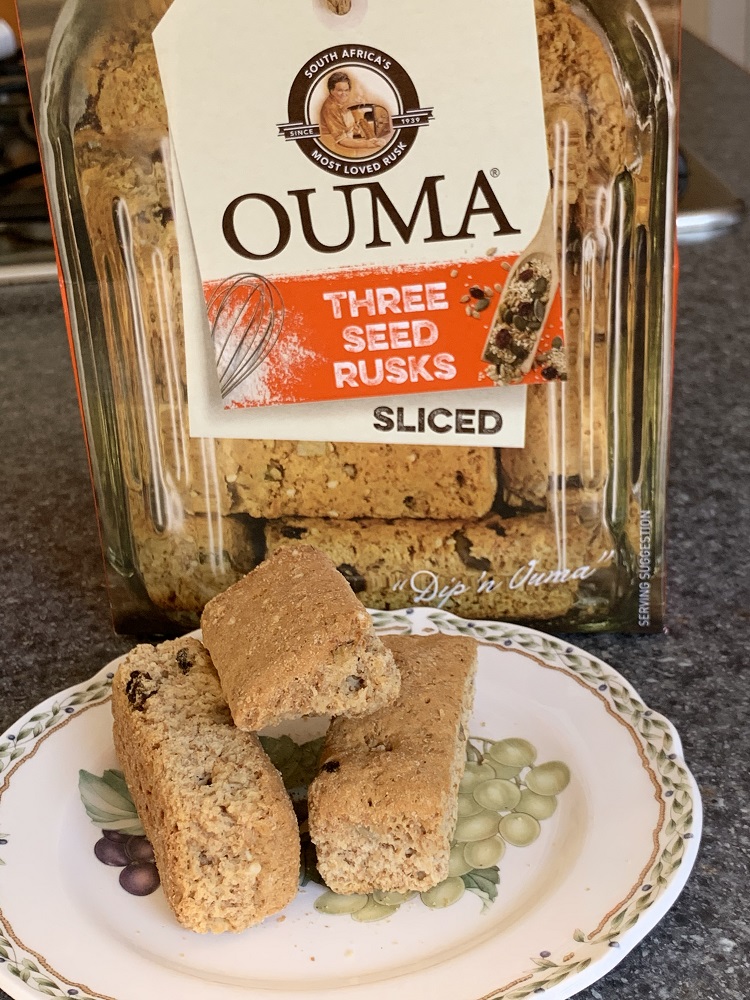
Hey, Team South Africa! I see you.
Love the vellies*.
*Velskoene (“FEL-skoona”) or colloquially vellies (“FELL-ys”), are Southern African walking shoes, made from vegetable-tanned leather or soft rawhide uppers attached to a leather footbed and rubber sole, without tacks or nails (from Wikipedia).
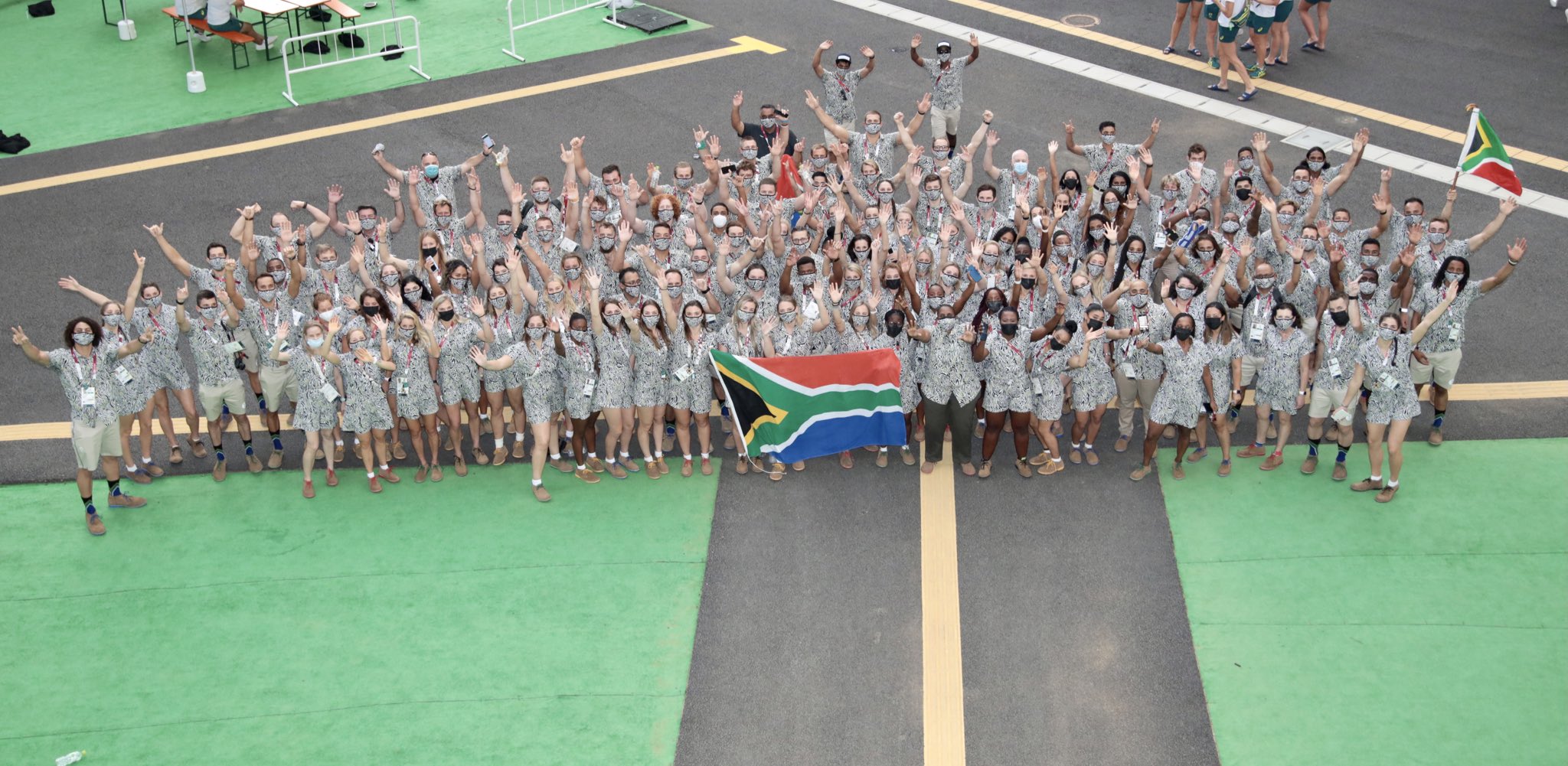
I thought it would never happen, but here we are: former president of South Africa Jacob Zuma (age 79), is actually in jail as of Wednesday night*.
It gives me hope that a former president of the United States of America, can be found guilty (it should not hard, to do that), and be sentenced to serve a long time in jail as well. Lock him up.
*15 months, for contempt of court. After all that he had done, Zuma deserves to go for 15 years.

NKANDLA, South Africa — Jacob Zuma, the former president of South Africa, was taken into custody on Wednesday to begin serving a 15-month prison sentence, capping a stunning downfall for a once-lauded freedom fighter who battled the apartheid regime alongside Nelson Mandela.
The Constitutional Court, the nation’s highest judicial body, ordered Mr. Zuma’s imprisonment last month after finding him guilty of contempt for failing to appear before a commission investigating corruption accusations that tainted his tenure as the nation’s leader from 2009 to 2018.
Under Mr. Zuma, who was forced to step down, the extent of crony corruption within the governing African National Congress Party became clear, turning a once heralded liberation movement into a vehicle of self-enrichment for many officials. The corruption led to the gutting of the nation’s tax agency, sweetheart business contracts and rivals gunned down in a scramble for wealth and power.
Mr. Zuma, 79, voluntarily surrendered on Wednesday, 40 minutes before a midnight deadline for the police to hand him over to prison officials. He was driven out of his compound in a long convoy of cars and taken to the Estcourt Correctional Center, the corrections department said. The arrest followed a week of tense brinkmanship in which the former president and his allies railed against the high court’s decision, suggesting, without evidence, that he was the victim of a conspiracy.
-John Eligon reporting for the New York Times
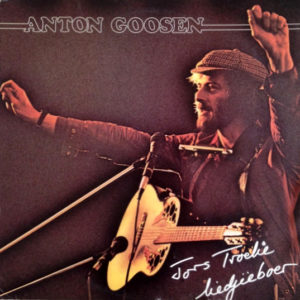 South African folk singer Anton Goosen turned 75 today.
South African folk singer Anton Goosen turned 75 today.
He sings mostly in Afrikaans, but also in English.
I love his song called Magalies, O Magaliesberg — a song that (somewhat) romanticises the hardships of the 1830s Great Trek of the Voortrekkers (pioneers).
Some of these pioneers ended up in what would become the Transvaal Colony, and is today called Gauteng Province.
The Magaliesberg is a modest but well-defined mountain range north of Pretoria, with ancient origins. It was formed some 2 billion years ago.
The area around the range has seen occupation by humans dating back at least 2 million years, to the earliest hominin species (such as Mrs Ples). The Sterkfontein Caves, which lie at the World Heritage Site called the Cradle of Humankind, are close by. [From Wikipedia].
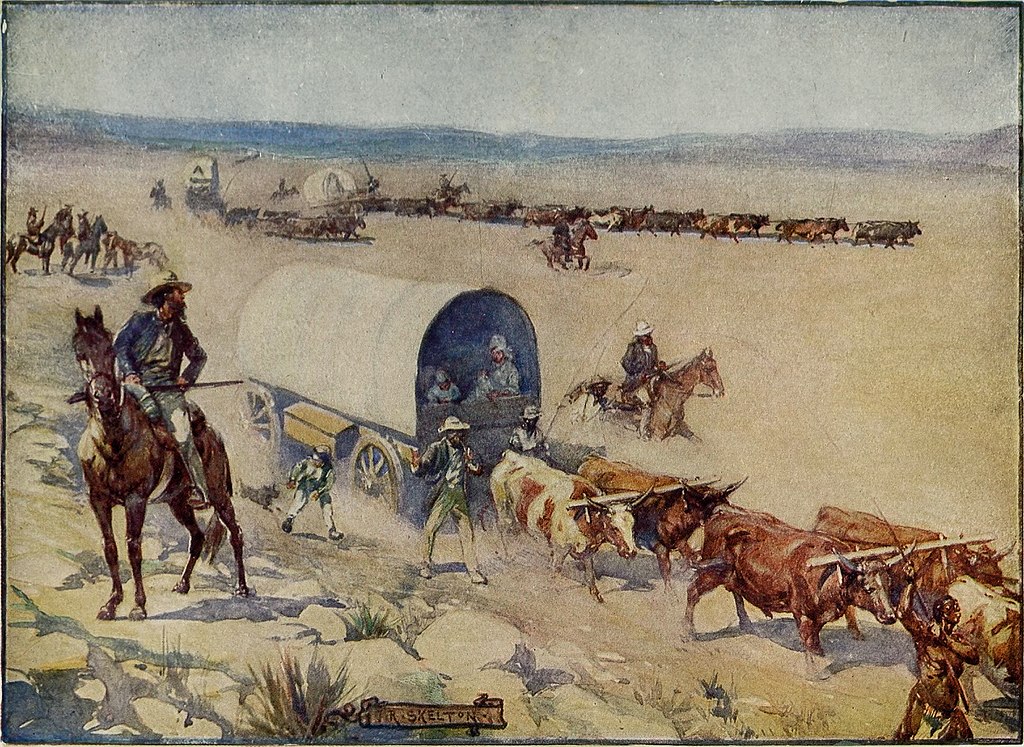
[Picture from Wikimedia Commons, from p209 of the book ‘The Voortrekkers’ by J.S. Skelton, 1909].
agter op die wa sit my vaalhaarma
Waai die wind, waai my jas,
knoop my Sannie haar sydoek vas
Veertien rooies voor aan die wa,
sewe van my en sewe van my pa
Die hotagter, die Afrikaan,
hy en sy maat moet die disselboom dra
(Front of the wa1 sits my hoop-legged pa,
back of the wa sits my drab-haired ma
Blows the wind, blow our coats,
ties my Tammy her silk cloth close
Fourteen red ones front of the wa,
seven of mine & seven of my pa’s
The left back, the Afrikaan2,
he and his mate, must bear the bar)
1Short for wagon, we say v-ahh in Afrikaans
2A breed of cattle indigenous to South Africa
Lyrics from ‘Magalies, O Magaliesberg‘ from the Anton Goosen album ‘Liedjieboer Innie Stad’ (1986), with my own rough translation into English.
I knew the house in this picture from long ago was in Hermanus, South Africa .. but what would it look like today? I wondered.
I did not have the address, but that outline of the mountain in the background was all I needed to track it down. Here is what I found.
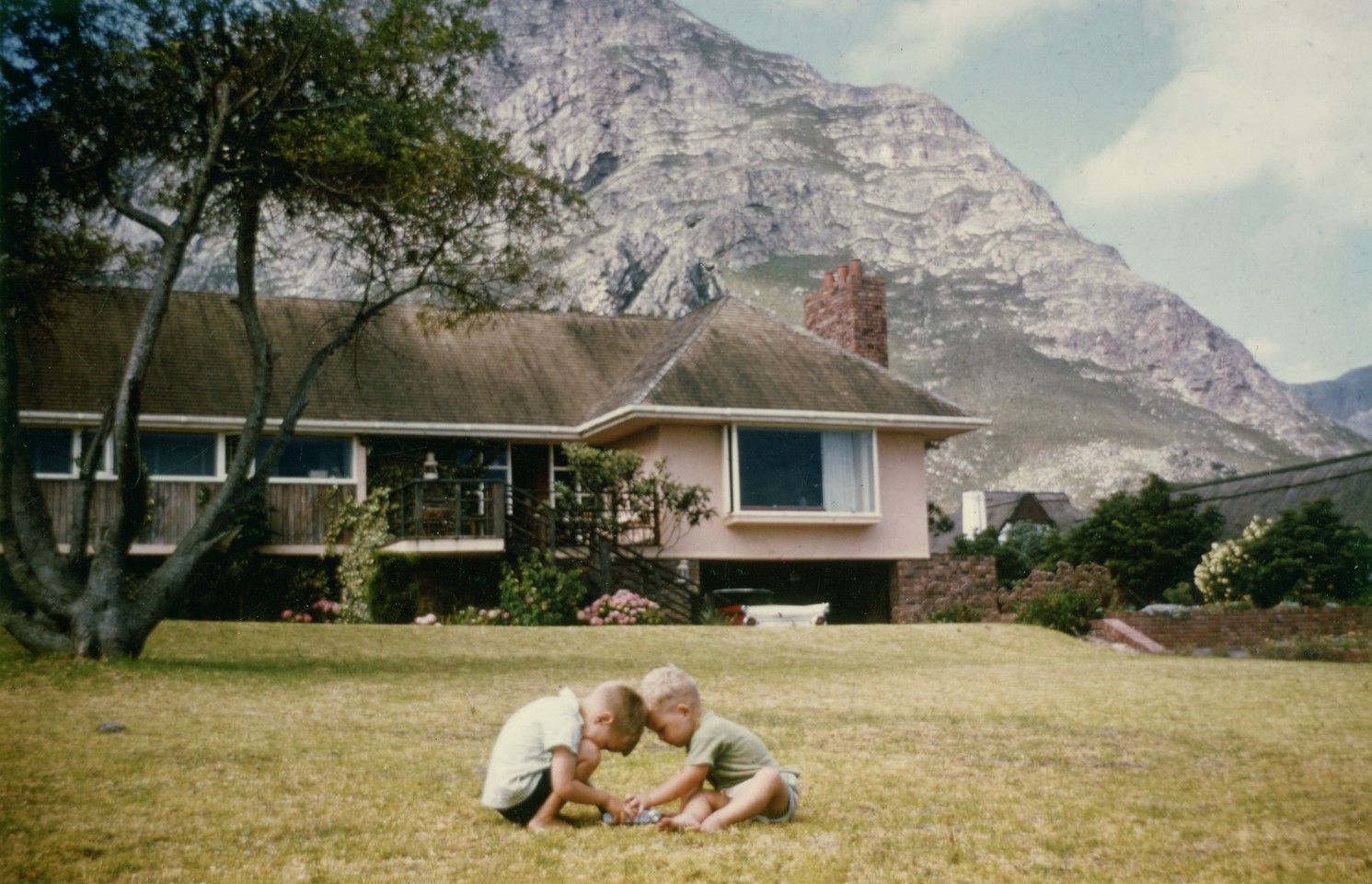
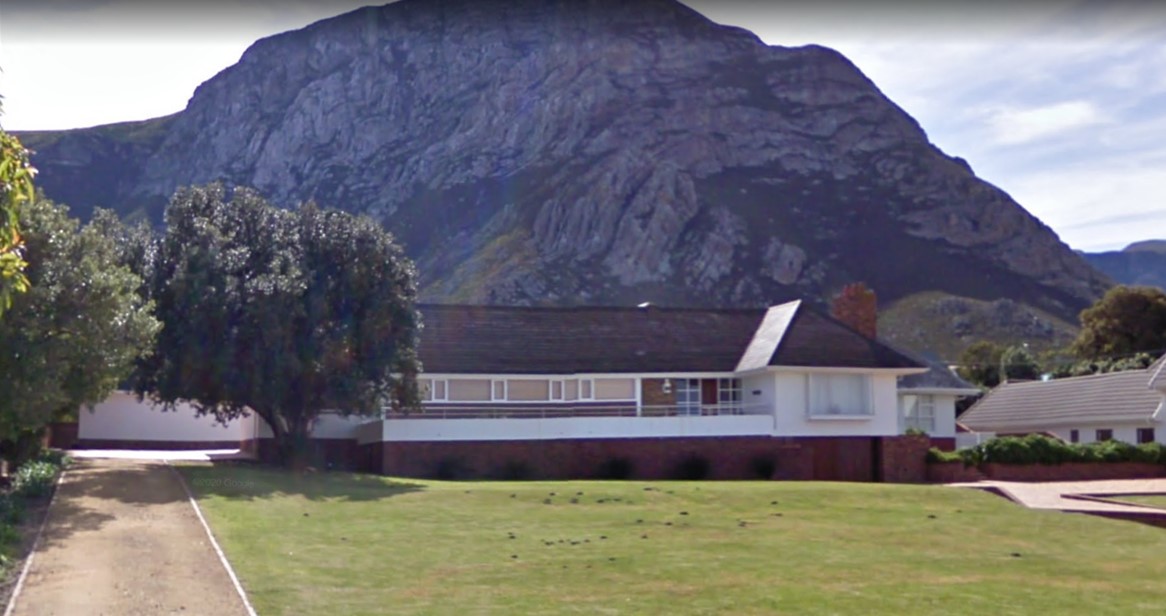
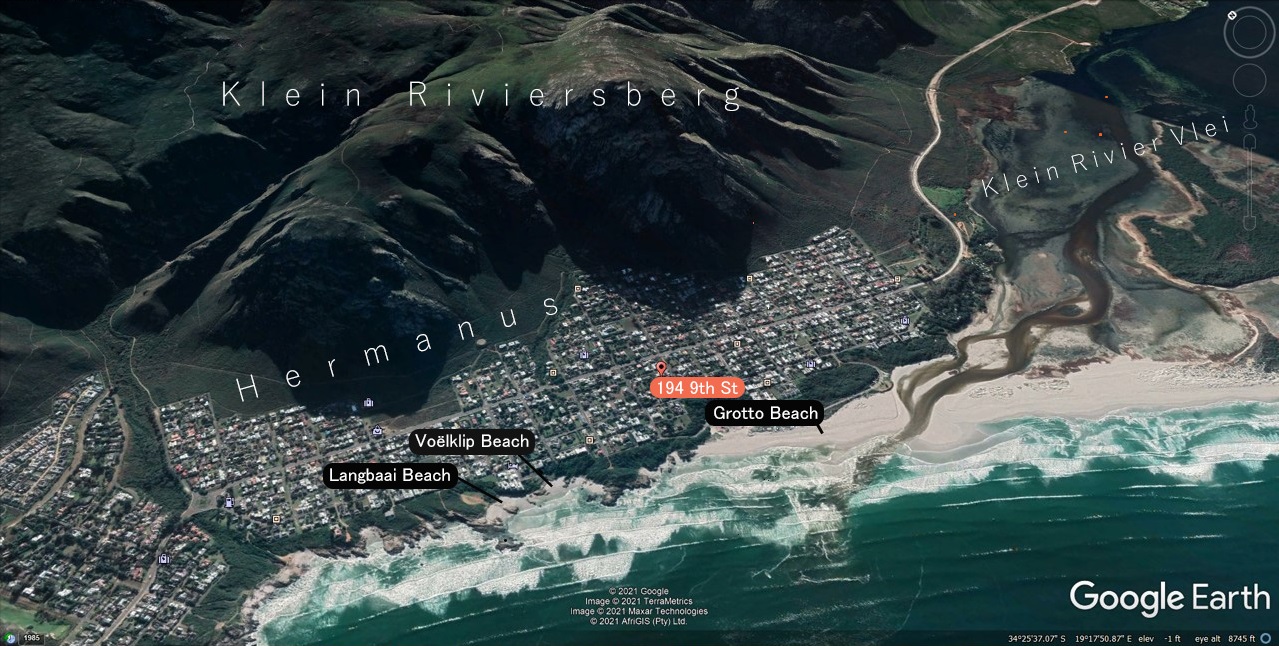
I’ve been following tropical storm Eloise for a few days now. There has not been large loss of life (official death toll in Mozambique: 12), but some 5,000 homes in Mozambique were destroyed or badly flooded.
I believe the Kruger National Park, the national parks in Zimbabwe, and the Moremi Game Reserve on the eastern side of Botswana’s Okavango Delta* will be OK. Some areas are getting soaked with 5 or 6 inches of rain, and this summer’s corn harvest is going to be damaged badly.
*This is the time of year that the enormous and very shallow bowl of the Okavango Delta fills up with about 2.6 cubic miles (11 cubic km) of water, spread over as much as 5,800 square miles (15,000 km2).

Table Mountain (elevation 3,563 ft/ 1 086 m) in Cape Town, South Africa, has an inch of snow on it.
Snow on the mountain is unusual, but not unheard of (there was snow in 2017).
The cable car up to the top has reopened (with masks required & a limited number of passengers).
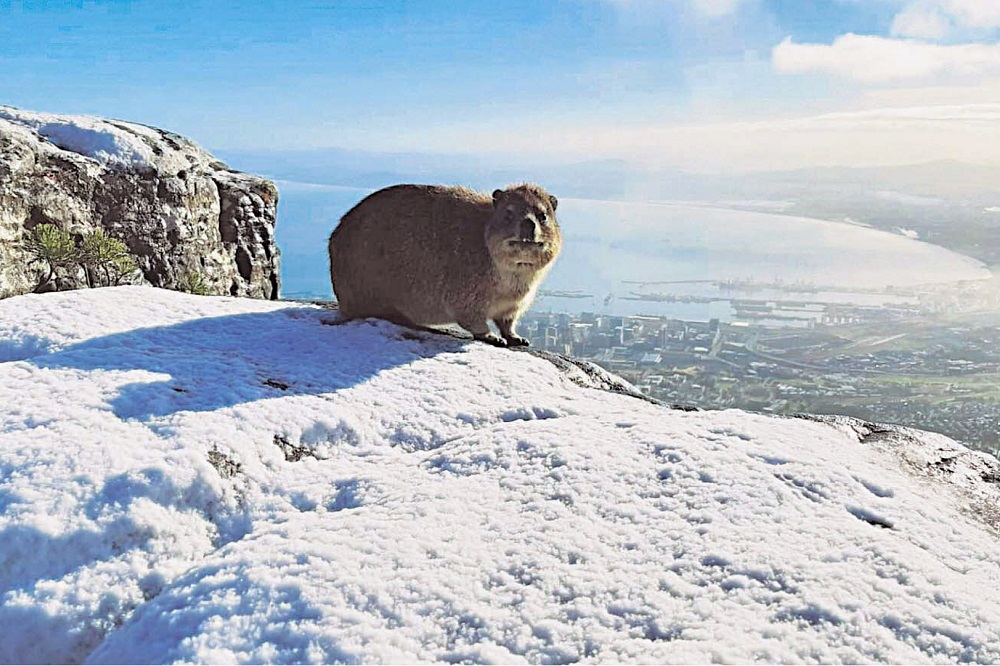
Start where you are. Use what you have. Do what you can.
– Arthur Ashe, American tennis player (b. 1943- d. 1993)
The US Open tennis tournament starts in Queens, New York City today.
There will be no crowds at the courts, nor in Arthur Ashe stadium —the largest tennis stadium in the world (capacity 23,771).
It was 50 years ago, in Jan. 1970, when the South African apartheid government took an outrageous stand: it refused Ashe a visa to play in the South African Open tennis tournament. The fallout and damage to South African sport were extensive. It solidified South Africa’s pariah status in the sports world. The country had already been banned from the Olympics in 1964 & 1968. It would be until 1992 before South African athletes could again compete in the Games.
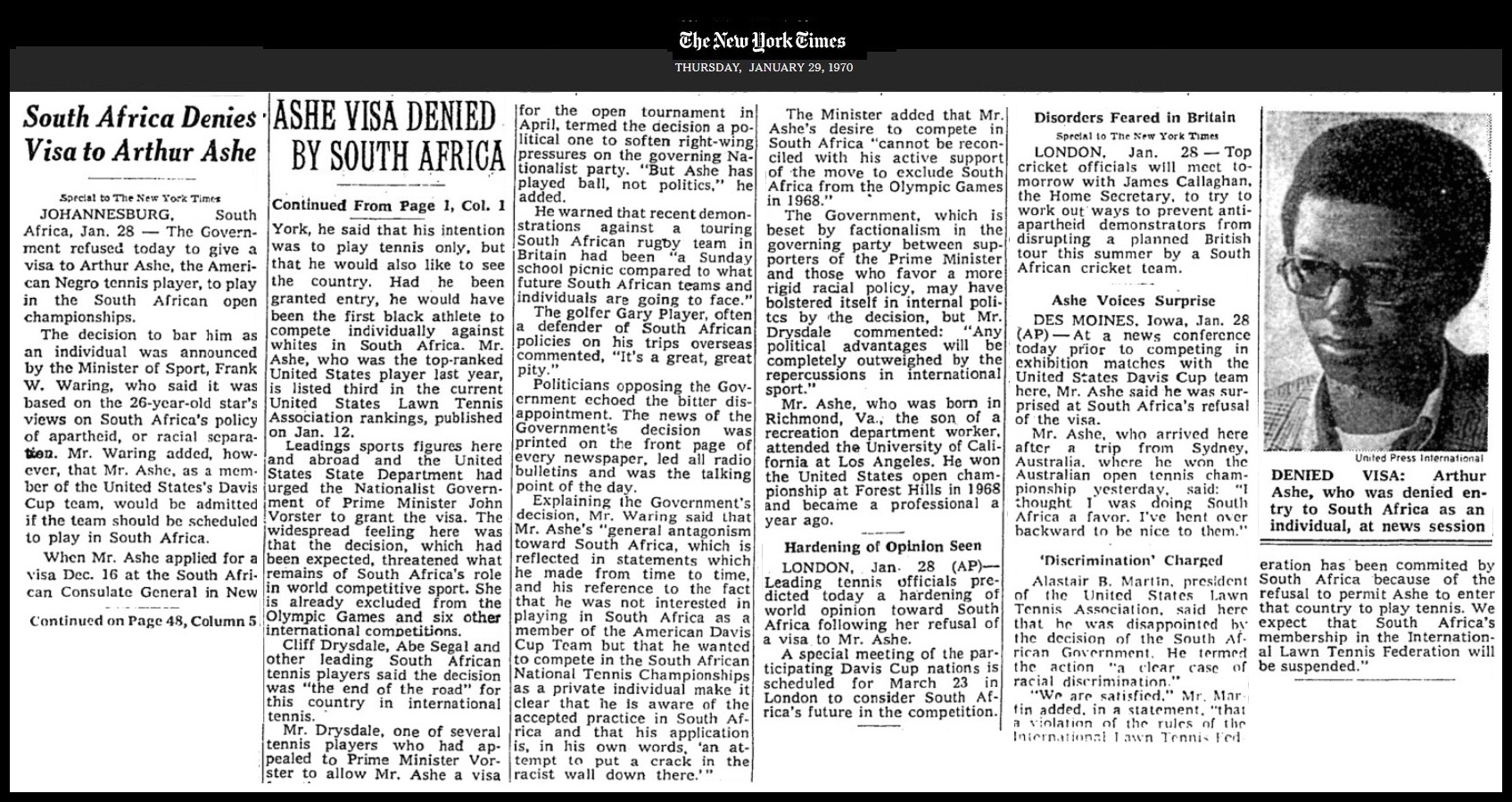
I had to scroll through hundreds of Botswana bird photos to identify this white-crested helmetshrike, that I took a picture of long ago. (Googling ‘White bird with orange-ringed eye’ and several other similar attempts, did not do it).
We call a shrike laksman (say ‘la- ks-mon’) in Afrikaans: literally, executioner. The crimson-breasted shrikes in our garden in South Africa would find frogs or big insects, and impale them on the thorns of a bush before devouring them!
White-crested helmetshrike (Prionops plumatus), Tuli Block, Botswana, Jul. 1988.
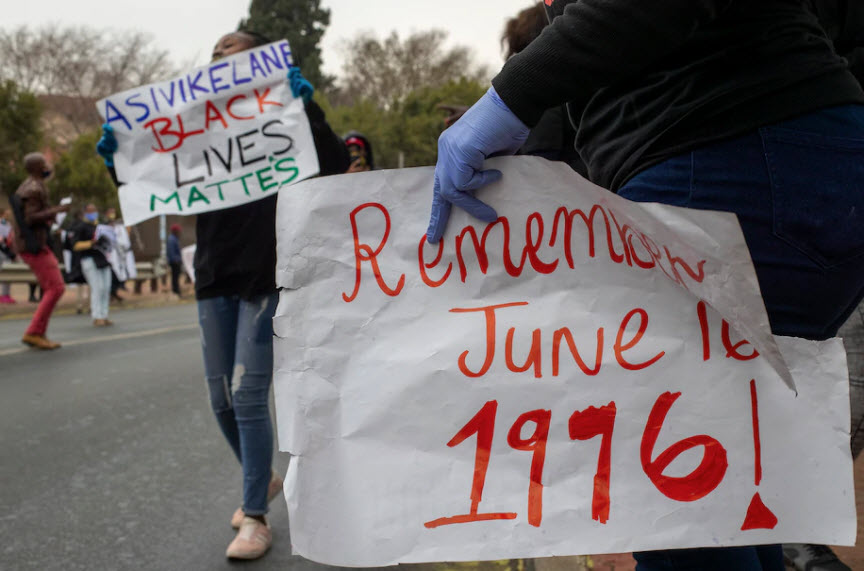
The march had been peaceful, but then a police convoy arrived. Not long after that, the protestors were fired upon with live ammunition, causing the deaths of several young students. There was more bloodshed the next day. The number of young people who died is usually given as 176, but other estimates put it at hundreds more.
Many white South Africans were outraged at the government’s actions in Soweto. It would be another 14 years before Nelson Mandela would be let out of jail, but at no point after 1976, was the government able to restore the relative peace and social stability of the early 1970s.

South Africa is under national lockdown orders, as is much of the world.
This pride of lions is enjoying the warmth of the quiet tar road just outside of Orpen Rest Camp. These ones are resident on neighboring Kempiana Contractual Park, and wandered over to Kruger National Park.
Pictures were taken by Section Ranger Richard Sowry, and tweeted from Kruger National Park@SANParksKNP.
Nice to see South African proteas* here in my local Safeway (grocery store).
These may have been offered specially for Valentine’s Day.
*Pronounce ‘pro-tee-ah’.
